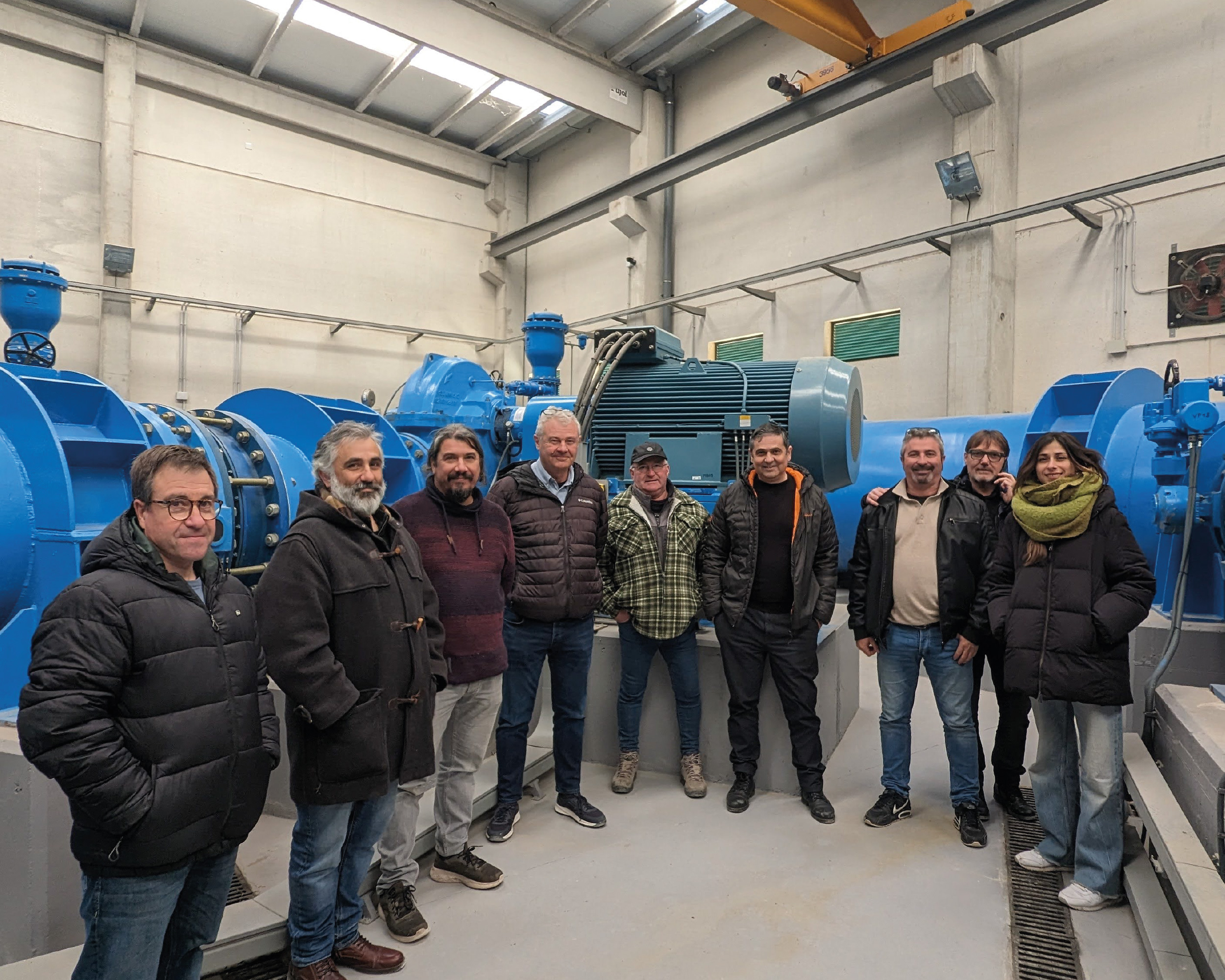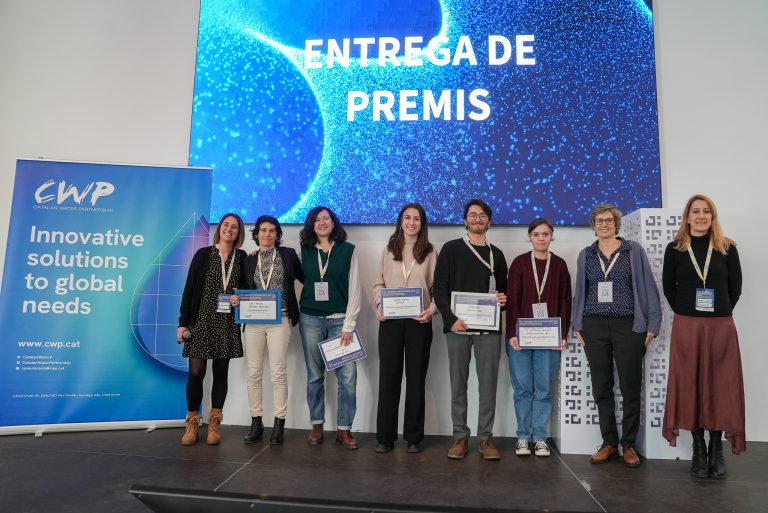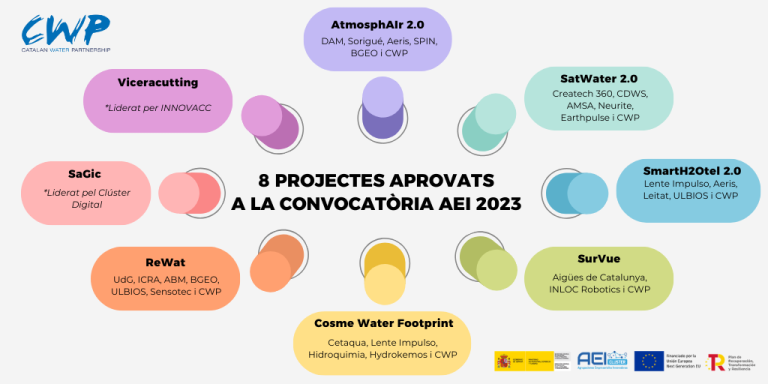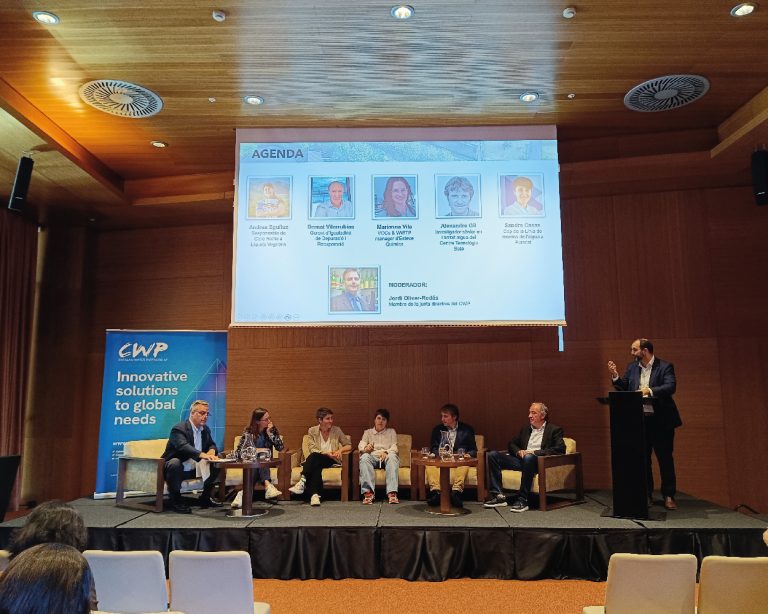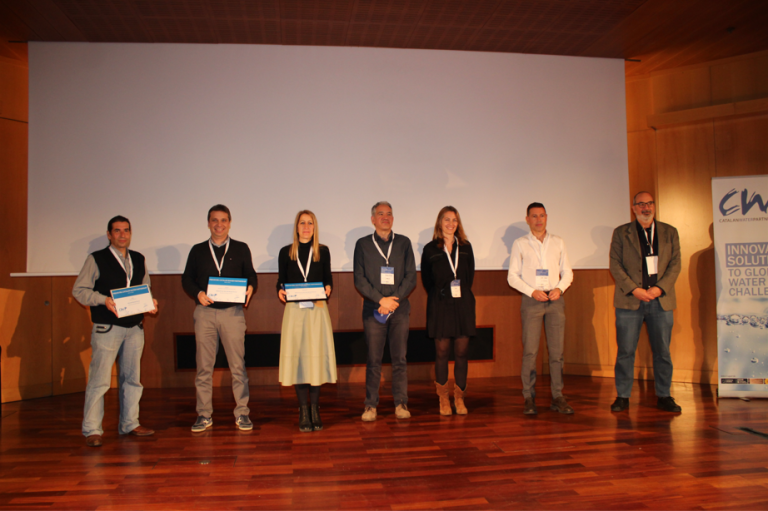Resilience 4.0 of infrastructures and crops against invasive species: the INVASOR-ES project is born
The new INVASOR-ES project will develop solutions to mitigate the impact of invasive alien species on water infrastructures.
The zebra mussel, the apple snail or the bryozoans are invasive alien species (IAS) that cause a strong impact on certain ecosystems, and also on hydraulic infrastructures. These species cause obstructions, breakdowns, high maintenance costs and/or loss of agricultural productivity. With the aim of minimising the damage caused by this phenomenon, the INVASOR-ES project was born, framed in the call for Supra-regional Operational Groups of the AEI-Agri (2023).
Through the implementation of innovative technologies, INVASOR-ES aims to create monitoring stations based on artificial vision and deep learning to accurately and efficiently identify and classify IAS larvae. This will allow for more effective preventive control and less dependence on costly and environmentally harmful chemical treatments.
On January 15th, the consortium of the INVASOR-ES project held a technical follow-up meeting at the Aigües del Segarra Garrigues facilities. During the day, the consortium members had the opportunity to visit the irrigation distribution network, including one of the water collection ponds and a pumping station. INVASOR-ES aims to develop advanced technological solutions to mitigate the impact of invasive alien species (IAS) on hydraulic infrastructures, with a special focus on irrigation systems.
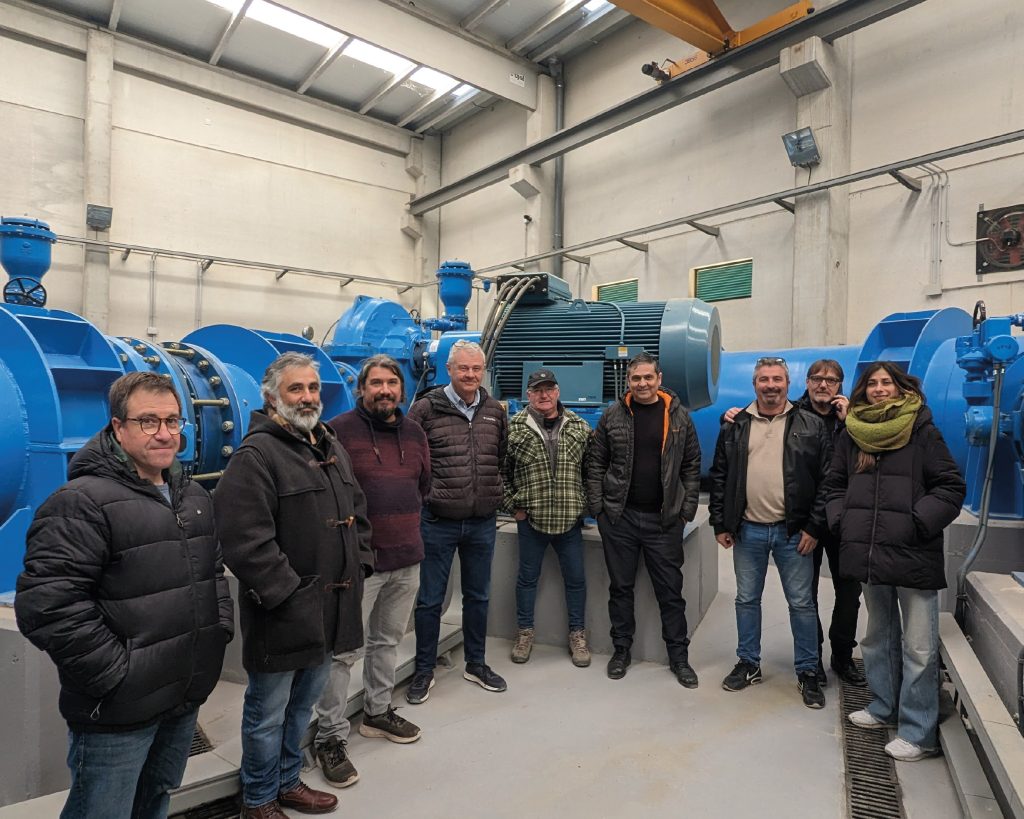
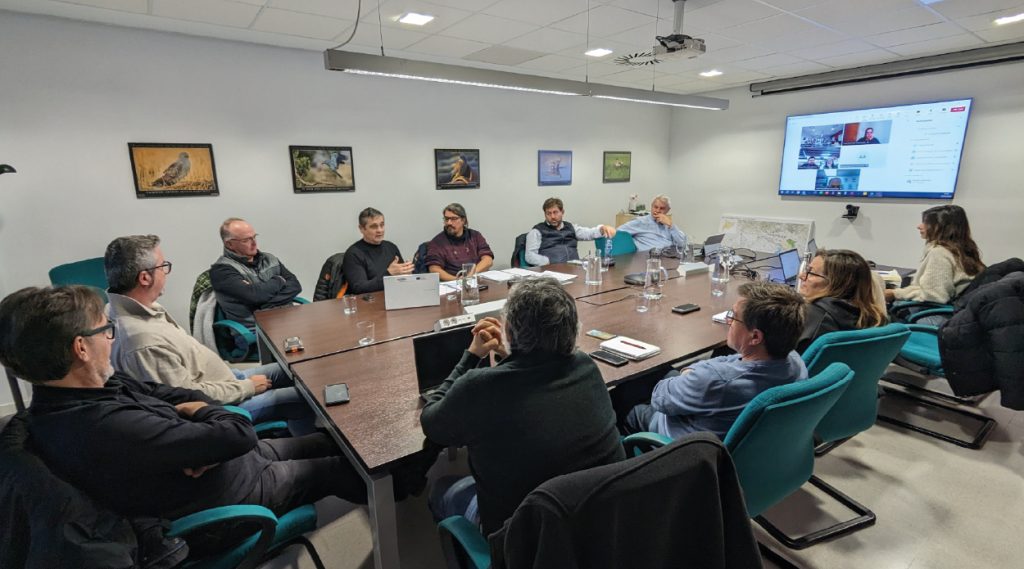
The main innovation of the project is the creation of monitoring stations that detect IAS in the larval and adult stage in real time, through automatic sample collection and the use of artificial vision (AI). This will enable more efficient control, adapted to the specific needs of each infrastructure, with a significant reduction in operating costs and an improvement in the sustainability of the system. In addition, preventive strategies for emerging IAS will be developed, in order to anticipate future problems and mitigate the economic impact that these species may cause.
This project is part of the CAP Strategic Plan 2023-2027 and is 80% co-financed by the EAFRD and 20% by the Ministry of Agriculture, Fisheries and Food, with a total aid of 585,319.34 euros, which represents 99,1% funding.
The project is made up of the following entities: Catalan Water Partnership (coordinators), Aigües del Segarra Garrigues S.A., Eurecat, VELABER Consulting S.L. (technical coordinators), Comunidad de Regantes Campés, KOAN Irrigation S.L., Automatització de Sistemes i Aplicacions Industrial, la Unión de Pequeños Agricultores y Ganaderos (UPA) i ZINNAE.

